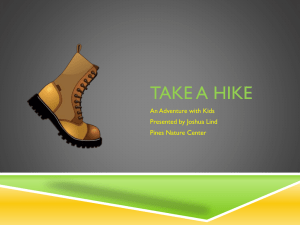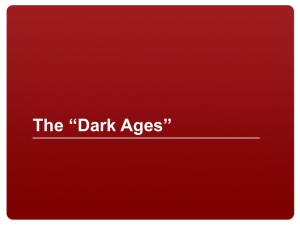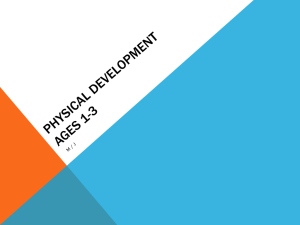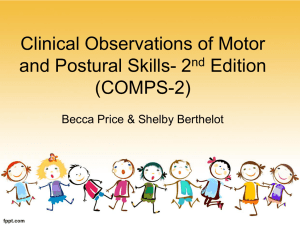Fine Motor Precision
advertisement
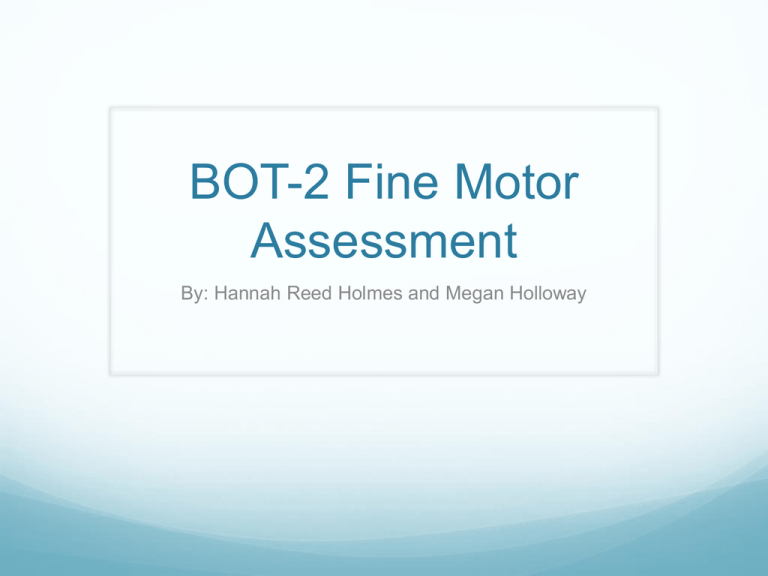
BOT-2 Fine Motor Assessment By: Hannah Reed Holmes and Megan Holloway Key Characteristics Age: 4 - 21 years and 11 months old Domains: (Subtests) Fine Motor Precision Draw, cut, or fold within a specific boundary Fine Motor Integration Reproduce drawings of geometrical shapes that range in complexity Visual tracking with coordinated arm and hand movement Manual Dexterity Speed and Accuracy, timed Reaching, grasping, and bimanual coordination with small objects Upper-Limb Coordination Measures visual tracking with coordinated arm and hand movement Catching, dribbling, and throwing a tennis ball Key Characteristics cont’d The purpose is to assess different measures of fine motor skill proficiency Supporting Diagnosis of Motor Impairments Screening Making Placement Decisions Developing and Evaluating Motor Training Programs Assisting Clinicians and Researchers on Evaluation of Programs Testing Procedures Composite Form Fine Manual Control Manual Coordination Select Subtests Form Fine Motor Precision Fine Motor Integration Manual Dexterity Upper Limb Coordination Testing Procedures cont’d Administration ManualStandardized Examiner’s exact words in bold Number of trials in box Pictures of how performance should look Number of times examiner can demonstrate item Time Limit in box Examples of Test Items Fine Motor Precision Filling in Shapes- Circle Filling in the Shape- Star Fine Motor Integration Copying Circle Copying Square Manual Dexterity Making dots in circles Card Sort Upper-Limb Coordination Dropping and Catching a Ball- Both Hands Dropping and Catching a Ball- One Hand Test Development 1979 Original BOTMP created BOTMP was separated into gross and fine motor. BOT-2 was created to analyze more specific components of fine motor and gross motor. Evaluation of both items were compared and certain testing items eliminated. BOT-2 expanded coverage of fine and gross motor skills. Improved measurement among 4 and 5 year olds. Extended norms through age 21. Improved item presentation. Improved quality of kit equipment. Test Standardization Standardization Uniform procedures for administration & scoring Rules, number of trails, and time limits Scores are compared to age-based norms n= 1,520 examinees Ages 4 years of age to 21 years and 11 months of age Based on the Current Population Survey (Bureau of the Census, 2001) Standardized Populations: African American, Hispanic, White, & Other Item Bias Review Gender Ethnicity Socio-economic Psychometric Properties Internal Consistency Reliability Test-Retest Reliability Total Composite Ages 4-7 (.95) Ages 8-11 (.95) Ages 12-21 (.96) Total Composite Correlation Ages 4-7 (.84) Ages 8-12 (.85) Ages 13-21 (.79) Total Composite Correlation Ages 4-21 (.98) Short Form Ages 4-7 (.82) Ages 8-11 (.84) Ages 12-21 (.87) Short Form Correlation Ages 4-7 (.86) Ages 8-12 (.87) Ages 13-21 (.80) Short Form Correlation Ages 4-21 (.98) Fine Manual Control Ages 4-7 (.88) Ages 8-11 (.85) Ages 12-21 (.90) Fine Manual Control Correlation Ages 4-7 (.81) Ages 8-12 (.54) Ages 13-21 (.48) Fine Manual Control Correlation Ages 4-21 (.91) Manual Coordination Ages 4-7 (.89) Ages 8-11 (.86) Ages 12-21 (.86) Manual Coordination Correlation Ages 4-7 (.62) Ages 8-12 (.70) Ages 13-21 (.64) Manual Coordination Correlation Ages 4-21 (.98) Ages 4-7 (n=43); (7-35 days) Ages 8-11 (n=44); (7-42 days) Ages 12-21 (n=47); (10-42 days) Interrater Reliability for Subtests, Composites, and Short Form by Age Psychometric Properties cont’d Test Content- When updating the BOT-2, only functional items that were proven to test its subtest title with moderately high factor were kept. Criterion- Concurrent with 1-2 studies; demonstrates adequate agreement with a criterion or gold standard measure Construct (Internal Structure)- The BOT-2 uses a composite structure that distinguishes fine motor skills on the basis of the limbs and musculature involved in object manipulation related to functional activities. Correlation of BOT-2 Scores with PDMS-2 (Fine Motor Quotient) Scores Ages 4-5 Correlations of BOT-2 Scores with TVMS-R (Visual Motor Skills) Scores Ages 4-13 Total Motor Composite Correlation (.77) Total Motor Composite Correlation (.62) Fine Motor Precision (.61) Fine Motor Integration (.42) Fine Manual Control (.55) Manual Dexterity (.53) Fine Motor Precision (.55) Fine Motor Integration (.72) Fine Manual Control (.70) Test Length/Cost Fine Motor Composite Form: 20-30 minutes to administer 10 minutes needed to prepare the testing area Fine Motor Short Form 5-10 minutes to administer 5 minutes needed to prepare the testing area Cost of Fine Motor BOT-2 Kit $515.00 Kit includes Manual, Supplemental Manual, Administration Easel, Record Forms (25), Target, Shuttle Block, Balance Beam, Knee Pad. Cost of Complete BOT-2 Kit $837 Scoring Recording Item Raw Score Convert Raw Score to Point Score Make Notes and Observation During Administration Computing Subtest Total Point Scores Interpretation and Results Gives a good baseline for strengths and weaknesses. Can choose between subtests and use ones that apply the most. When explaining to parents, first identify average to above average scores, then address the below average areas that can be improved with OT. Areas of Occupation Education participation The fine manual control subtest of the BOT-2 is particularly useful in screening for academic readiness in young children. Assessment Approach/Environment Assessment Approach: Bottom up Looks at components that are necessary for functional occupational performance during short activities (not specific occupations) Environment: Educational Setting Rehabilitation center/Health Care Setting Home Frame of Reference / Measurement Concerns Frame of References: Motor Control and Motor Learning Biomechanical and Rehabilitative Measurement Concerns: Examinee inattention with test length Poor test environment Inability to establish rapport Examiner incompetency Substitute for the standardized tools Difficult to use with children who have disabilities Test cost Resources Bruininks, R. H., & Bruininks, B. D. (2005). BOT2: Bruininks-Oseretsky test of motor proficiency : manual (2nd ed.). Minneapolis, Minn.: Pearson Assessments. Clinical Assessment. (n.d.). Home. Retrieved June 3, 2014, from http://www.pearsonclinical.com



